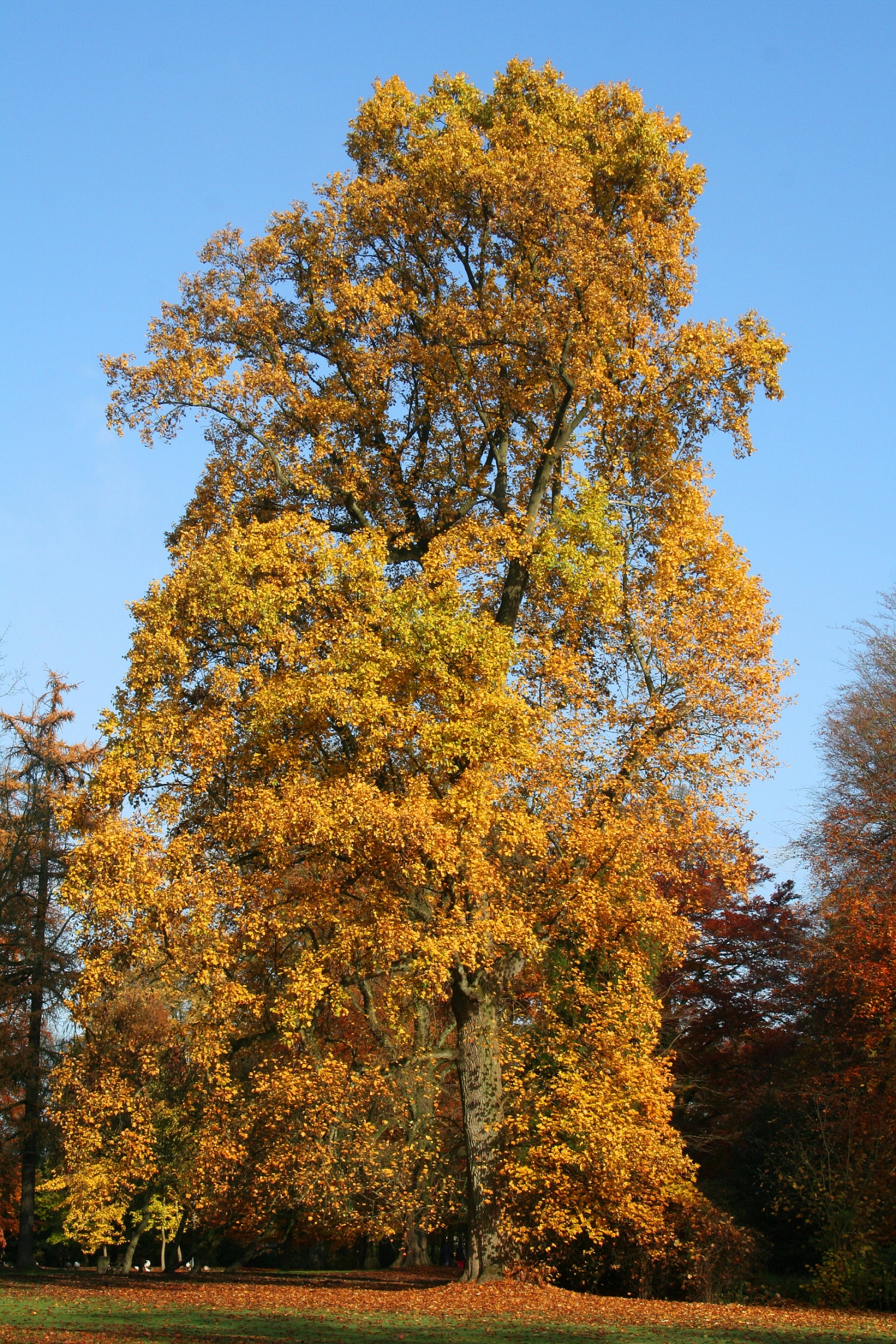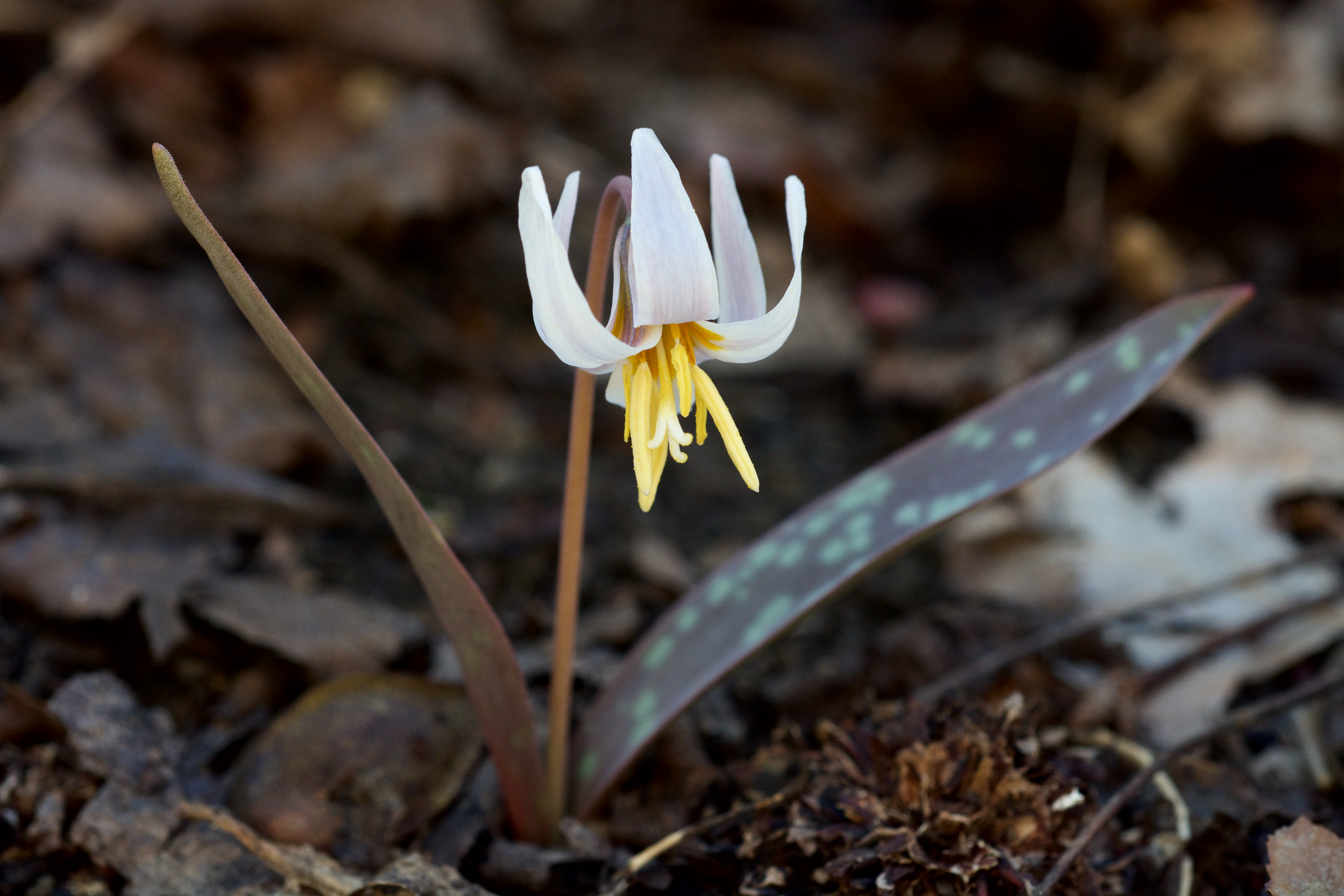|
Heron Rookery
The Heron Rookery in Porter County, Indiana, was set aside to protect the nesting grounds of the great blue heron (''Ardea herodias''). In 1980, the Indiana State Department of Correction transferred to the National Park Service in exchange for of land at Hoosier Prairie.A Signature of Time and Eternity: The Administrative History of Indiana Dunes National Lakeshore, Indiana; Ron Cockrell, National Park Service, 1988 In 1982, the Youth Conservation Corp constructed the trail and parking at the east side of the unit on County Road 600 E. Location Pine Township in Porter County, Indiana. The east parking area, which is better developed, is reached from U.S. 20 near the Town of Pines. Taking County Road 500 E, southward about to County Road 1400 N. Turning east on 1400 N, to County Road 600 E. South about you’ll find the parking lot.Northern Indiana; Universal Map; Williamston, Michigan The rookery is also accessible from Chesterton, Indiana, from State Route 49 and In ... [...More Info...] [...Related Items...] OR: [Wikipedia] [Google] [Baidu] |
Porter County, Indiana
Porter County is a county in the U.S. state of Indiana. As of 2020, the population was 173,215, making it the 10th most populous county in Indiana. The county seat is Valparaiso. The county is part of Northwest Indiana, as well as the Chicago metropolitan area. Porter County is the site of much of the Indiana Dunes, an area of ecological significance. The Hour Glass Museum in Ogden Dunes documents the region's ecological significance. History The Porter County area was occupied by an Algonquian people dubbed Huber-Berrien.Tanner, Helen Hornbeck, Atlas of Great Lakes Indian History; University of Oklahoma Press, Norman, Oklahoma (1987) Map 5 This subsistence culture arrived after the glaciers retreated around 15,000 years ago and the rise of glacial Lake Algonquian, 4–8,000 years ago. The native people of this area were next recorded during the Iroquois Wars (1641–1701) as being Potawatomi and Miami. The trading post system used by the French and then the English encourag ... [...More Info...] [...Related Items...] OR: [Wikipedia] [Google] [Baidu] |
Tulip Poplar
''Liriodendron tulipifera''—known as the tulip tree, American tulip tree, tulipwood, tuliptree, tulip poplar, whitewood, fiddletree, and yellow-poplar—is the North American representative of the two-species genus ''Liriodendron'' (the other member is '' Liriodendron chinense''), and the tallest eastern hardwood. It is native to eastern North America from Southern Ontario and possibly southern Quebec to Illinois eastward to southwestern Massachusetts and Rhode Island, and south to central Florida and Louisiana. It can grow to more than in virgin cove forests of the Appalachian Mountains, often with no limbs until it reaches in height, making it a very valuable timber tree. The tallest individual at the present time (2021) is one called the Fork Ridge Tulip Tree at a secret location in the Great Smoky Mountains of North Carolina. Repeated measurements by laser and tape-drop have shown it to be in height. This is the tallest known individual tree in eastern North America. ... [...More Info...] [...Related Items...] OR: [Wikipedia] [Google] [Baidu] |
Protected Areas Of Porter County, Indiana
Protection is any measure taken to guard a thing against damage caused by outside forces. Protection can be provided to physical objects, including organisms, to systems, and to intangible things like civil and political rights. Although the mechanisms for providing protection vary widely, the basic meaning of the term remains the same. This is illustrated by an explanation found in a manual on electrical wiring: Some kind of protection is a characteristic of all life, as living things have evolved at least some protective mechanisms to counter damaging environmental phenomena, such as ultraviolet light. Biological membranes such as bark on trees and skin on animals offer protection from various threats, with skin playing a key role in protecting organisms against pathogens and excessive water loss. Additional structures like scales and hair offer further protection from the elements and from predators, with some animals having features such as spines or camouflage serv ... [...More Info...] [...Related Items...] OR: [Wikipedia] [Google] [Baidu] |
Erythronium Americanum - Heron Rookery65
''Erythronium'', the fawn lily, trout lily, dog's-tooth violet or adder's tongue, is a genus of Eurasian and North American plants in the lily family, most closely related to tulips. The name Erythronium derives from Ancient Greek () "red" in Greek, referring to the red flowers of ''E. dens-canis''. Of all the established species, most live in North America; only six species are found in Europe and Asia. Species ''Erythronium'' includes about 20–30 species of hardy spring-flowering perennial plants with long, tooth-like bulbs. Slender stems carry pendent flowers with recurved tepals in shades of cream, yellow, pink and mauve. Species are native to forests and meadows in temperate regions of the Northern Hemisphere. Formerly included Two species names were coined using the name ''Erythronium'' but have since been reclassified to other taxa. * ''Erythronium carolinianum'', now called ''Uvularia perfoliata'' * ''Erythronium hyacinthoides'', now called ''Drimia indica'' ... [...More Info...] [...Related Items...] OR: [Wikipedia] [Google] [Baidu] |
Fluvaquent
Entisols are soils defined in USDA soil taxonomy that do not show any profile development other than an A horizon. An entisol has no diagnostic horizons, and most are basically unaltered from their parent material, which can be unconsolidated sediment or rock. Entisols are the most abundant soil order, occupying about 16% of the global ice-free land area. Because of the diversity of their properties, suborders of entisols form individual Reference Soil Groups in the World Reference Base for Soil Resources (WRB): Psamments correlate with Arenosols and Fluvents with Fluvisols. Many Orthents belong to Regosols or Leptosols. Most Wassents and aquic subgroups of other suborders belong to the Gleysols. In Australia, most entisols are known as rudosols or tenosols. Causes of delayed or absent development * Unweatherable parent materials – sand, iron oxide, aluminium oxide, kaolinite clay. * Erosion – common on shoulder slopes; other kinds also important. * Deposition – continu ... [...More Info...] [...Related Items...] OR: [Wikipedia] [Google] [Baidu] |
Warbler
Various Passeriformes (perching birds) are commonly referred to as warblers. They are not necessarily closely related to one another, but share some characteristics, such as being fairly small, vocal, and insectivorous. Sylvioid warblers These are somewhat more closely related to each other than to other warblers. They belong to a superfamily also containing Old World babblers, bulbuls, etc. * "Old World warblers", formerly all in family Sylviidae ** Leaf warblers, now in family Phylloscopidae ** Typical bush warblers, now in family Cettiidae ** Grass warblers and megalurid bush-warblers, now in family Locustellidae ** Marsh and tree warblers, now in family Acrocephalidae ** True warblers or sylviid warblers, remaining in family Sylviidae or moved into the Timaliidae ** Cisticolid warblers, family Cisticolidae * Malagasy warblers, the newly assembled family Bernieridae Passeroid warblers The two families of American warblers are part of another superfamily, which unites t ... [...More Info...] [...Related Items...] OR: [Wikipedia] [Google] [Baidu] |
Woodpecker
Woodpeckers are part of the bird family Picidae, which also includes the piculets, wrynecks, and sapsuckers. Members of this family are found worldwide, except for Australia, New Guinea, New Zealand, Madagascar, and the extreme polar regions. Most species live in forests or woodland habitats, although a few species are known that live in treeless areas, such as rocky hillsides and deserts, and the Gila woodpecker specialises in exploiting cacti. Members of this family are chiefly known for their characteristic behaviour. They mostly forage for insect prey on the trunks and branches of trees, and often communicate by drumming with their beaks, producing a reverberatory sound that can be heard at some distance. Some species vary their diet with fruits, birds' eggs, small animals, tree sap, human scraps, and carrion. They usually nest and roost in holes that they excavate in tree trunks, and their abandoned holes are of importance to other cavity-nesting birds. They sometimes ... [...More Info...] [...Related Items...] OR: [Wikipedia] [Google] [Baidu] |
Kinglet
A kinglet is a small bird in the family Regulidae. Species in this family were formerly classified with the Old World warblers. "Regulidae" is derived from the Latin word ''regulus'' for "petty king" or prince, and refers to the coloured crowns of adult birds. This family has representatives in North America and Eurasia. There are six species in this family; one, the Madeira firecrest, ''Regulus madeirensis'', was only recently split from common firecrest as a separate species. One species, the ruby-crowned kinglet, differs sufficiently in its voice and plumage to be afforded its own genus, ''Corthylio''. Description Kinglets are among the smallest of all passerines, ranging in size from and weighing ; the sexes are the same size. They have medium-length wings and tails, and small needle-like bills. The plumage is overall grey-green, offset by pale wingbars, and the tail tip is incised. Five species have a single stiff feather covering the nostrils, but in the ruby-crowned ... [...More Info...] [...Related Items...] OR: [Wikipedia] [Google] [Baidu] |
Maple
''Acer'' () is a genus of trees and shrubs commonly known as maples. The genus is placed in the family Sapindaceae.Stevens, P. F. (2001 onwards). Angiosperm Phylogeny Website. Version 9, June 2008 nd more or less continuously updated since http://www.mobot.org/MOBOT/research/APweb/. There are approximately 132 species, most of which are native to Asia, with a number also appearing in Europe, northern Africa, and North America. Only one species, '' Acer laurinum'', extends to the Southern Hemisphere.Gibbs, D. & Chen, Y. (2009The Red List of Maples Botanic Gardens Conservation International (BGCI) The type species of the genus is the sycamore maple, '' Acer pseudoplatanus'', the most common maple species in Europe.van Gelderen, C. J. & van Gelderen, D. M. (1999). ''Maples for Gardens: A Color Encyclopedia'' Maples usually have easily recognizable palmate leaves ('' Acer negundo'' is an exception) and distinctive winged fruits. The closest relatives of the maples are the hor ... [...More Info...] [...Related Items...] OR: [Wikipedia] [Google] [Baidu] |
Beech
Beech (''Fagus'') is a genus of deciduous trees in the family Fagaceae, native to temperate Europe, Asia, and North America. Recent classifications recognize 10 to 13 species in two distinct subgenera, ''Engleriana'' and ''Fagus''. The ''Engleriana'' subgenus is found only in East Asia, distinctive for its low branches, often made up of several major trunks with yellowish bark. The better known ''Fagus'' subgenus beeches are high-branching with tall, stout trunks and smooth silver-grey bark. The European beech ('' Fagus sylvatica'') is the most commonly cultivated. Beeches are monoecious, bearing both male and female flowers on the same plant. The small flowers are unisexual, the female flowers borne in pairs, the male flowers wind-pollinating catkins. They are produced in spring shortly after the new leaves appear. The fruit of the beech tree, known as beechnuts or mast, is found in small burrs that drop from the tree in autumn. They are small, roughly triangular, and edib ... [...More Info...] [...Related Items...] OR: [Wikipedia] [Google] [Baidu] |
Indiana
Indiana () is a U.S. state in the Midwestern United States. It is the 38th-largest by area and the 17th-most populous of the 50 States. Its capital and largest city is Indianapolis. Indiana was admitted to the United States as the 19th state on December 11, 1816. It is bordered by Lake Michigan to the northwest, Michigan to the north, Ohio to the east, the Ohio River and Kentucky to the south and southeast, and the Wabash River and Illinois to the west. Various Indigenous peoples of the Americas, indigenous peoples inhabited what would become Indiana for thousands of years, some of whom the U.S. government expelled between 1800 and 1836. Indiana received its name because the state was largely possessed by native tribes even after it was granted statehood. Since then, settlement patterns in Indiana have reflected regional cultural segmentation present in the Eastern United States; the state's northernmost tier was settled primarily by people from New England and New York ... [...More Info...] [...Related Items...] OR: [Wikipedia] [Google] [Baidu] |



.jpg)



